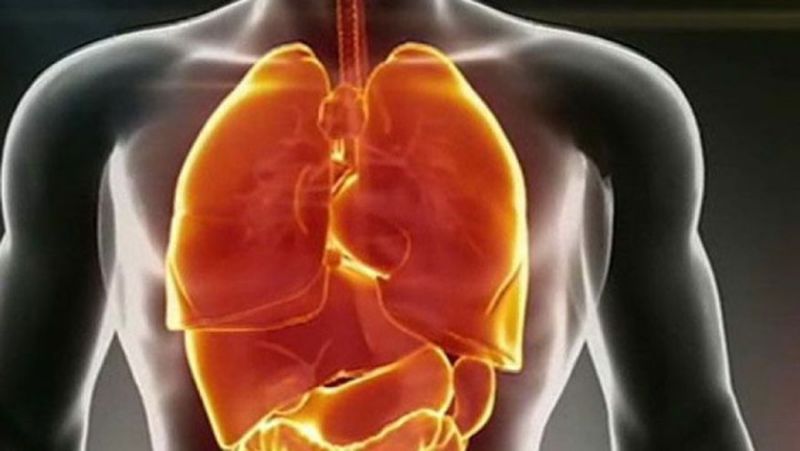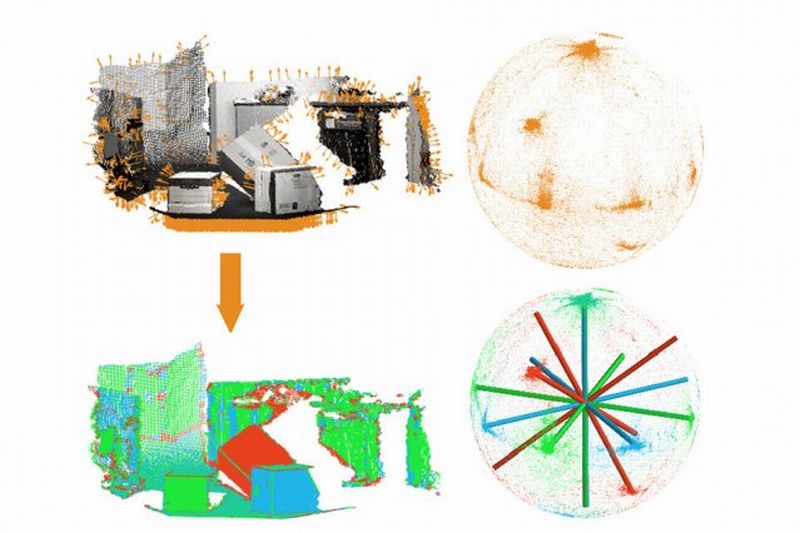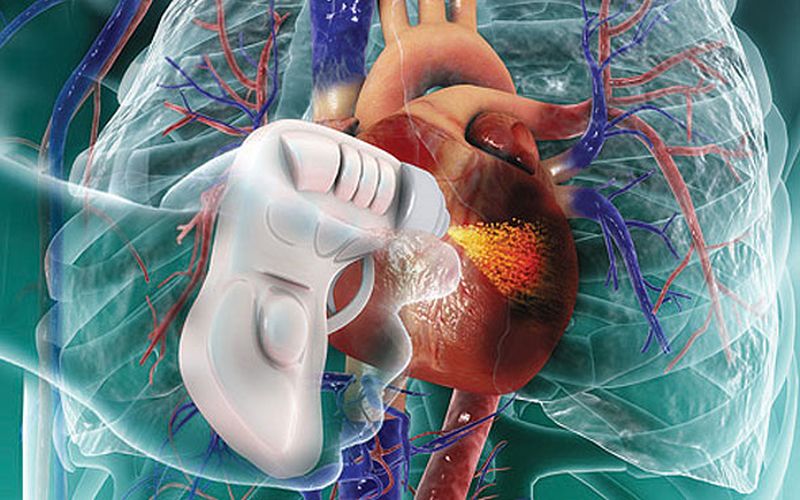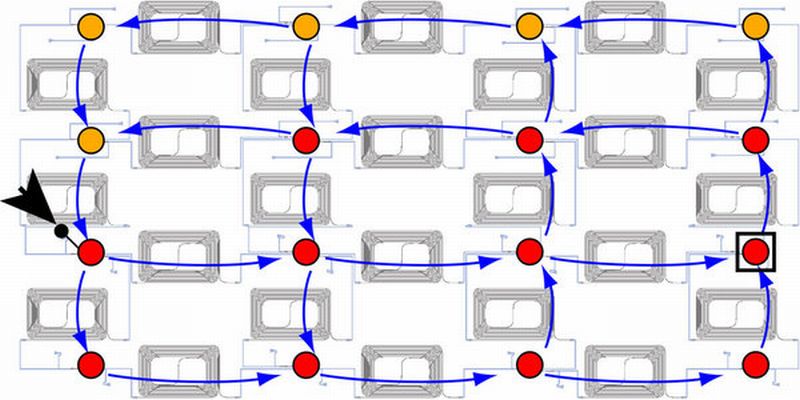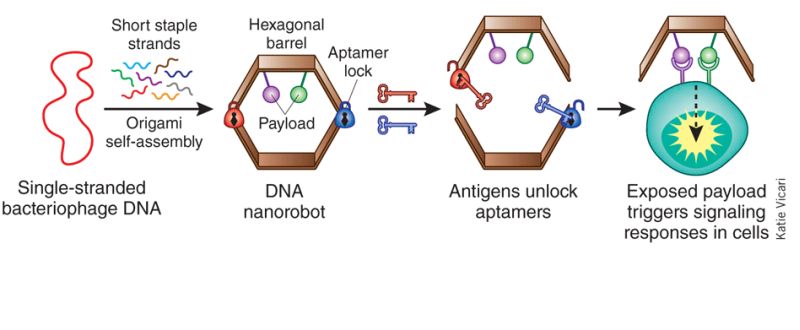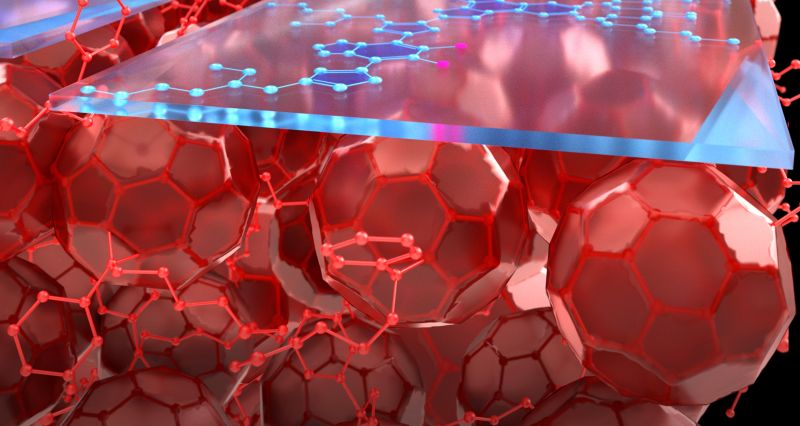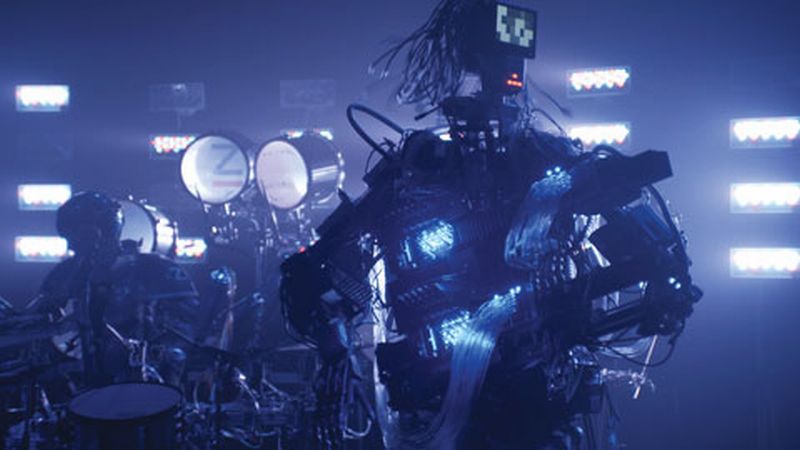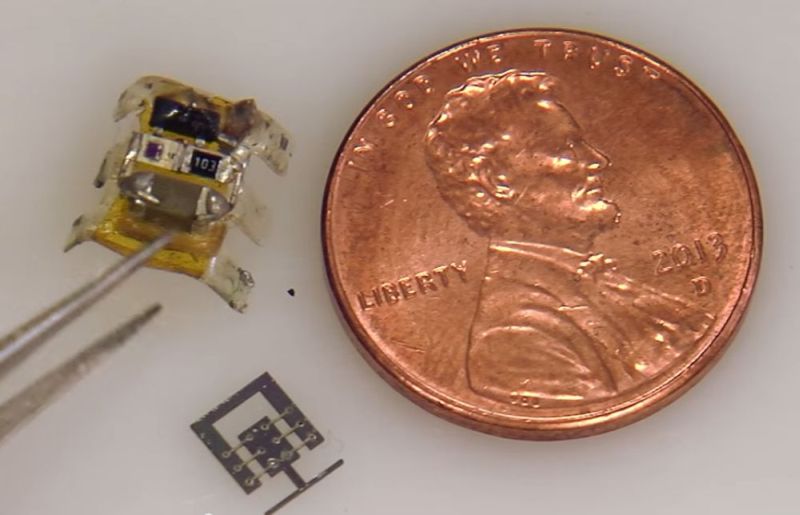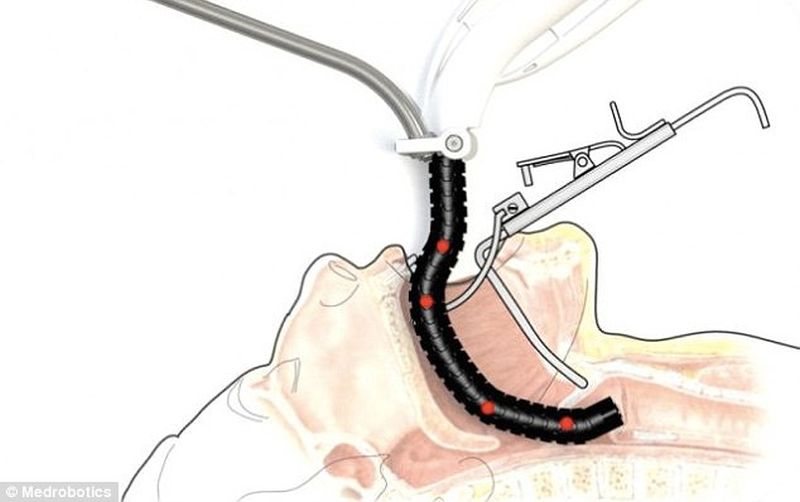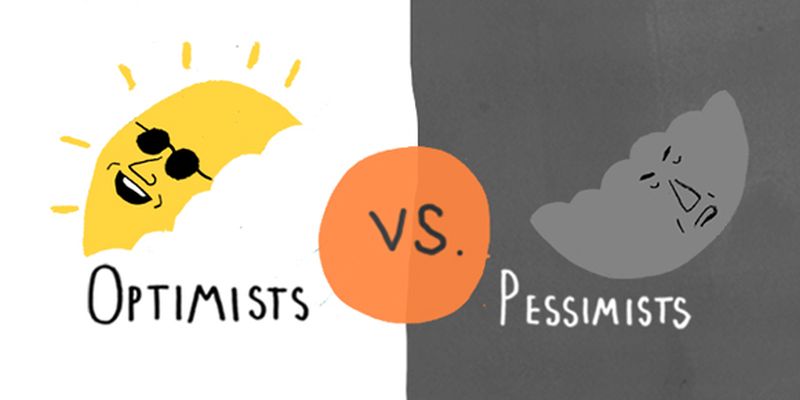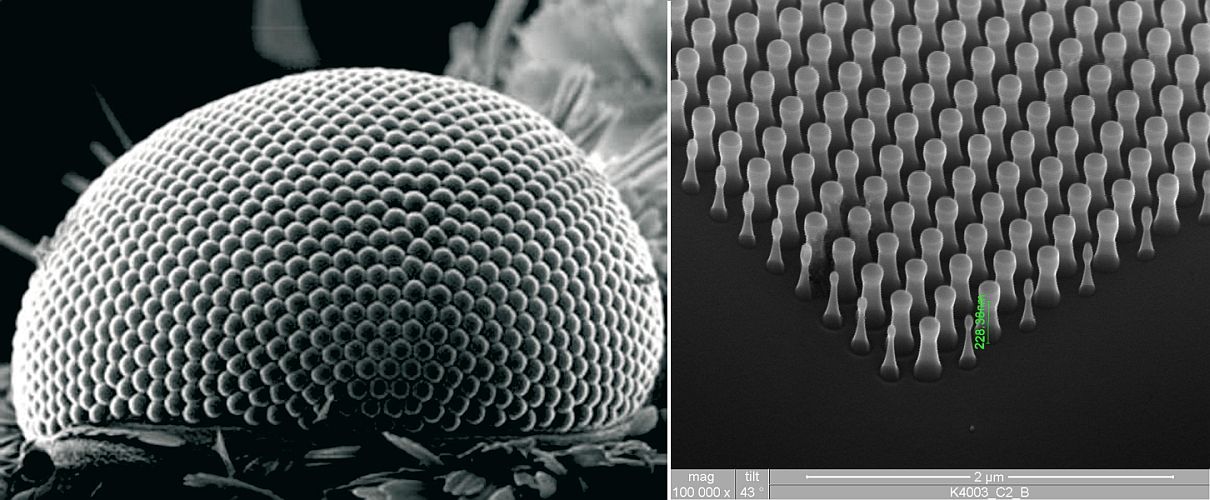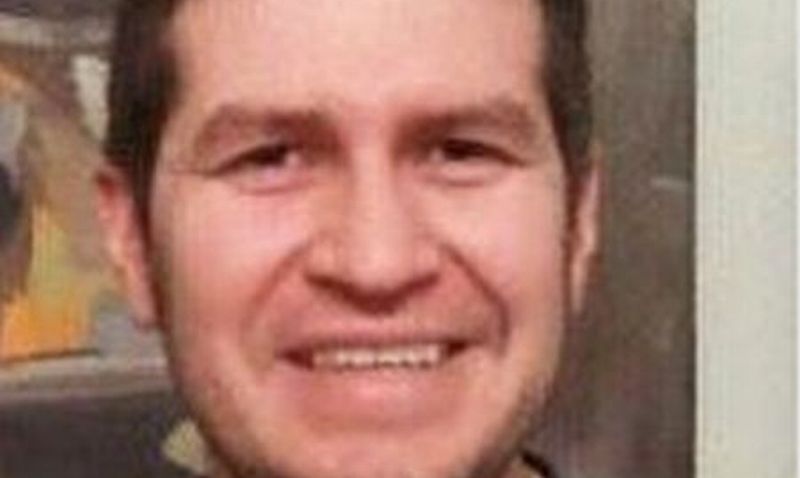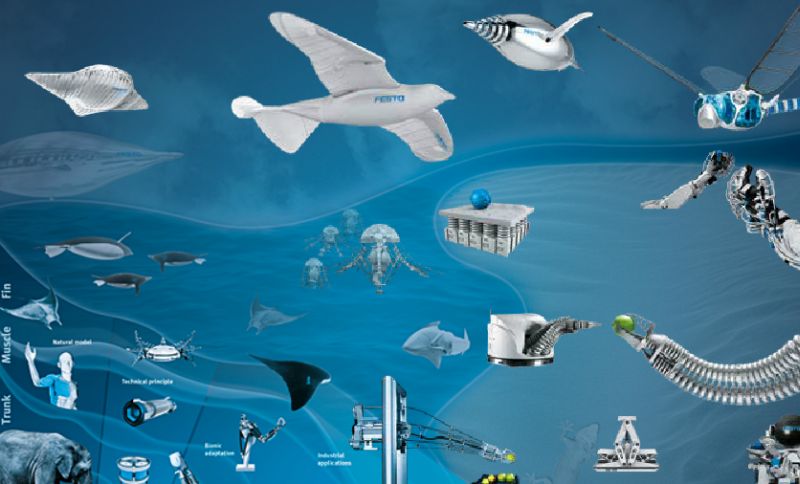In recent years, 3D bio printing technology is being widely used by biotechnology firms and academia in tissue engineering applications with the help of inkjet techniques to create organs and other body parts. Using the innovative 3D bio printing technology, researchers have already created functional splints, valves and a human ear and are now trying to create a functional human heart for transplant, employing the patient’s cells. However, it would take years before one of these 3D printed hearts can be actually implanted in the human body.
Read MoreMonth: April 2014
Algorithm Aiding Machines for Determining Navigation: Scene Understanding
Re-orientation of scenes and multi-target tracking are the fundamental problems for majority of vision applications. Occlusions and slight change in scene alignment make tracking by detection approaches a lot more challenging. Thinking on the same lines, MIT researchers have come up with a new algorithm that would assist the vision applications in combating the re-orientation problems. The algorithm is chiefly written for bots and machines that are employed for navigational purposes. Manhattan Frames The mechanism is based on recognizing the main orientations in the given scene. These alignments act as…
Read MoreThe ‘Second Coming’ of a Living Organ: Harnessing Body’s Repair Mechanisms
Today, many patients worldwide are waiting for organ transplant, but there is acute shortage of organ available for the transplantation. There are complications related to closely match the group of donor and the patients and even if matched there are still chances that the immune system of the patient’s may reject the transplant. Therefore, researchers are studying to regenerate organ for patients on a worldwide scale. Although the process of growing bio-artificial organ is very complicated, the long medical research has finally reached a point where it has now become…
Read MoreSilicon Photonics Chip Mimics Human Brain
Researchers from Ghent University came up with a breakthrough approach by demonstrating processing of information on a chip, mechanism of which was based on the functioning of human brain. Artificial neural networks or the bio inspired technique has been used in the past to bring about complex tasks which otherwise would have been tricky to solve by rule-based programming like computer vision and speech recognition. The researchers applied 16 nodes of neural network directly in hardware with the help of silicon photonics chip. Unlike the traditional computer chips that require…
Read MoreLiving Computers inside Alive Cockroaches to Deliver Drugs: DNA Installed Nano-Robots
In an attempt to study complex programs and to identify and cure certain diseases, researchers at the Wyss Institute at Harvard University and Bar Ilan University in Israel, have come out with a breakthrough that involves DNA-based nanobots. Researchers were able to embed these nanobots into a living cockroach. These origami robots bear fluorescent markers that allow the scientists to predict about their location within the insect. By interacting with each other, these nanobots were seen performing simple logical operations as well claimed the researchers.
Read MoreSpare your Health: Sleep Tight
The Hiffington post has recently gathered evidence from a growing body of literature which offers insight into what happens to one’s body when missing out on the usually recommended seven to nine hours of sleep per night. Frightening results have been published in the Huffington’s piece indicating that sleep is not just good for your beauty. Although the term “beauty sleep” is proven correct scientifically, it is merely one of the various result (and possibly one of the least significant) in comparison to everything else one can develop due to…
Read MoreFace-on Alignment More Efficient in Generating Power: Organic Solar Cell Technology
In an attempt to study the viability of organic solar cell technology, researchers from North Carolina State University and UNC-Chapel Hill have discovered that efficiency of energy transference within three-dimensional organic solar cells increases relatively when there is face-to-face alignment between the donor molecules and the acceptor molecules. Exciton or the concentration of energy formed by excited particle upon absorbing by the material is the phenomenon upon which efficiency of organic solar cells is dependent. Within a solar cell, easier the exciton between the donor and acceptor molecules, higher will…
Read MoreSquarepusher and Z-Machines: Music Performing System
Squarepusher, UK based recording artist famous for the live instrumental playing and digital signal processing has again hit the music world but this time, in a collaborative effort with the Z-Machines, Japan’s party robot band. The evolved band has come up with a 78-fingered guitarist stringing out with 12 picks and a dreadlocked robot drummer. The effort is to explode the stereotypical myth, says Squarepusher where people think human touch or emotion is necessary to churn out the melody, which goes into the music. He wanted to prove that machines…
Read MoreBiomimicry: Insect-Inspired Micro-Robots For Stealthy Surveillance
Drawing inspiration from tiny insects, researchers at the University of Maryland, are developing the world’s tiniest mobile robot, suitably named as micro robots. These tiny robots are designed to take the long distance leap just as bugs do, with the aim of moving quickly or jump over any obstacle with ease in extremely rough terrain. Sarah Bergbreiter leading the research and other teammates from UM, envision the micro robots helping rescue teams in searching victims by quickly crawling through the rubble, at the disaster site, where humans and other traditional…
Read MoreMedical Droid to Perform Surgeries Inside the Human Body: New Endoscopic System
Robot assisted surgeries are not new and is being widely used by the surgeons to perform minimal invasive surgeries with great precision. To further extend the benefits of robot assisted minimally invasive surgery such as quicker recovery and shorter hospital stay, Flex system has been designed. This will allow more patients to undergo minimal invasive surgeries, thus cutting down the waiting time in hospitals.
Read More10 Unbelievably Startling Facts About Our Universe
From its acceleration to expansion to dark matter and energy, the Universe continues to consistently amaze and perplex our scientists & astronomers alike. From unimaginably gigantic to incredibly minute stuff, there’s an awful lot going around in this field we refer to as ‘existence’. The recent discovery made by the scientists working at the Large Hadron Collider, a place near Geneva, revealed a startling new fact about elusive Higgs boson particle. A lot of buzz surrounded the information revealed by this discovery regarding the constitution of the fabric of the…
Read MoreReinforcing Positive Thinking Can Morph a Pessimist to an Optimist: Behavior Analysis
Brain determines whether an individual is an optimist or pessimist by nature. It’s been quite some time experts were working on defining a set approach that establishes a person’s attitude towards life and lately Jason Moser from Michigan State University has been able to derive a ‘brain marker’ which is responsible for differentiating between positive minded people from negative minded individuals.
Read MoreAnti-Glare Surface based on Moth Eyeballs: Futuristic Solar Panels
Researchers observed that the moth eyeball consisted of numerous minute cones arranged in a pattern that diminish glare. This anti reflective property provides the moth with the ability to see during the night and at the same time makes them less visible to the predators around. The team reproduced the pattern on a flexible film and applied a thin layer of gold that could be used to coat various products as solar panels and electronic displays. They also discovered that the material so developed could also repel moisture and dust…
Read MoreAn Interview with Industrial Designer Ivan Luccion
Ivan Luccion is an industrial designer from Madison, Wisconsin Area. He has been recipient of the General Motors Fund Scholarship in Industrial Design from 2005 to 2007. As a child, he observed fondness to cars and their designs, which later in his life inspired him to go into the world of designing. Ivan’s current work includes designing cycling helmets and other cycling accessories for the Bontrager brand. He enjoys sketching as he feels it’s one of the most easiest and quickest medium to communicate an original idea. We asked him…
Read More10 Festo Robots Based on Their Biological Models: Biomimicry
Festo, a Germany based industrial control and automation company has been into research and development of bionics since more than two decades. It collaborated with renowned universities, institutes, development companies and private inventors across the globe and launched the Bionic Learning Network during 2006. And since then it has been delving into the subject and bringing about the best of biomimicry. Every time their new project gets into air, they prove how they are able to merge industrial automation, and combining electronics with pneumatics in new and efficient ways. Here…
Read More
